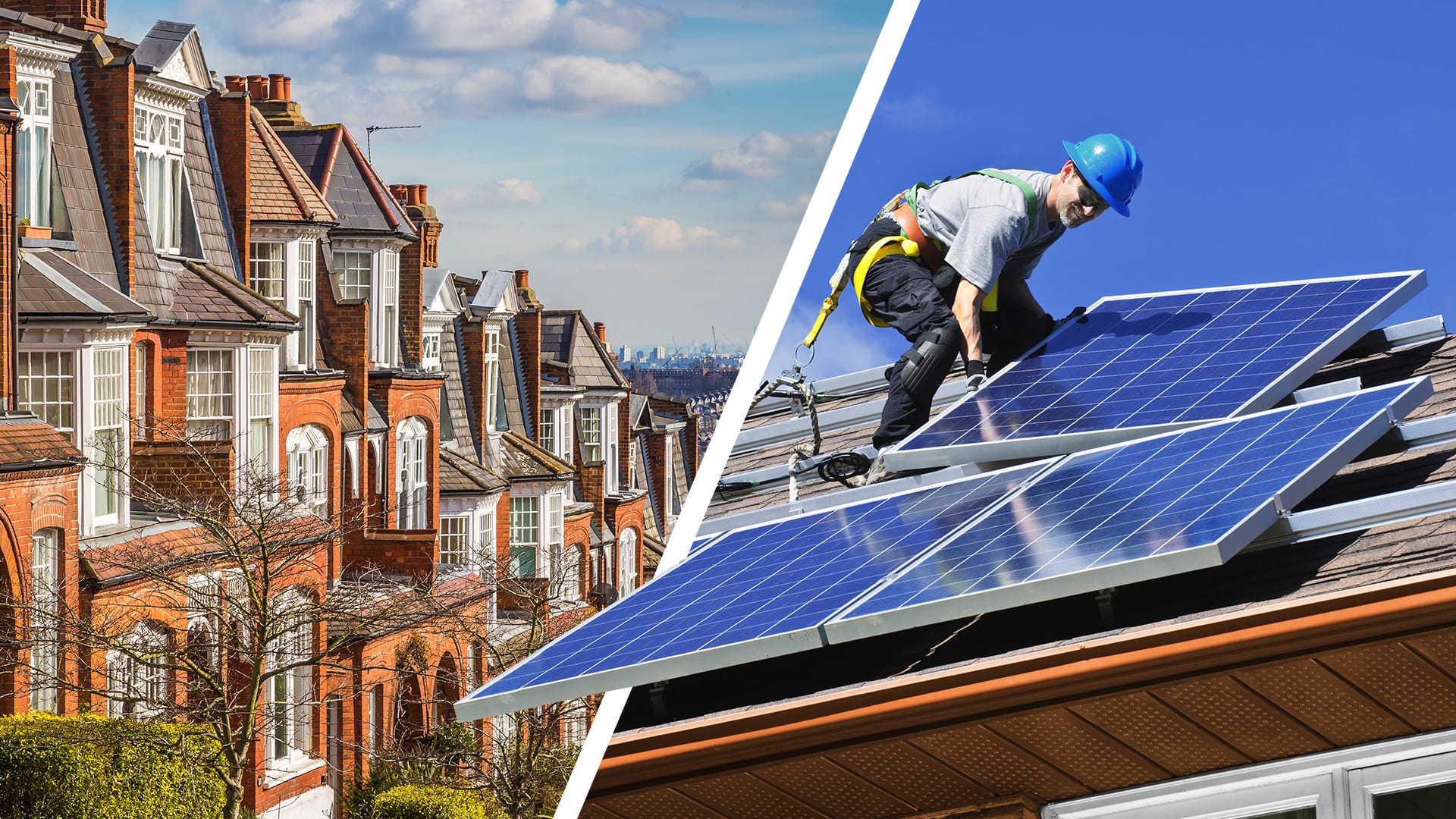
The RIBA Stirling Prize isn’t only about recognising excellence in construction, but highlightinh the trends that are shaping our industry. Take 2018, for example. Climate change was really hitting the public agenda – and the award went to the Bloomberg offices in London, which claims to be the future of sustainable working.
But in the last twelve months, there’s been more focus on weaving sustainability into our day to day lives. In construction, that means not only creating flagship green buildings, but making ordinary environments – including our houses – much more sustainable.
That’s why last year – for the first time ever – RIBA chose a council housing development in Norwich as its winner. The development, Goldsmith Street, sets new standards in residential sustainability. And this is a growing trend, with one in five construction professionals viewing a drive towards sustainability as the biggest development in 2020 (19%).
The drive to build more sustainably can feel like just another restriction at a time when margins are tight. However, it can equally be a great opportunity for construction firms that are quick to embrace this approach. So what can homebuilders learn from Goldsmith Street – and how can technology help to create homes that are both good for the planet and good for business?
Goldsmith Street is a “modest masterpiece”, according to one RIBA judge. But in fact, the size of the development actually makes its sustainability all the more impressive. The social housing development is made up of 100 two-storey houses and flats, but still manages to meet the rigorous Passivhaus standards for energy efficiency.
The buildings are so well insulated that energy costs are reduced by 70% compared to a normal home. This is in part thanks to small details, like having letterboxes in outside porches to minimise draughts, as well as the materials used on-site.
But importantly, the buildings are also designed to promote sustainable behaviours from residents. Parking has been pushed to the edge of the development, to prioritise pedestrians and improve air quality. Every house has space to store bikes, and there is plenty of outdoor space. With this kind of approach, housebuilders can help residents to reduce their own carbon footprint, while improving their quality of life.
As well as deploying modern energy-saving techniques, Goldsmith Street’s design borrows from the past to create truly desirable places to live. The development has been created to explicitly tackle social isolation, using the Victorian street model for inspiration.
Front doors face other front doors, and there’s even a secure ginnel (or alley) between the houses for children to play in. Communal space makes up a quarter of the grounds, to encourage residents to socialise. These features in part mirror the nearby property hotspot, the Victorian Golden Triangle, to deliver the most desirable features of period properties in a sustainable way.
Importantly, developments like Goldsmith Street show that sustainability doesn’t have to be restrictive, but can create highly sought-after properties that will be in demand for years to come.
The ambition of Goldsmith Street has earned the client, Norwich City Council, praise for their vision and leadership. But while the development may be very slightly ahead of its time, there’s growing demand for more of this kind of property – from both public sector clients and private purchasers.
Housebuilders face the challenge of both delivering a high volume of homes and improving their environmental profile. However, on-site technology can help firms deliver sustainable homes and work in more sustainable ways.
Mistakes can significantly worsen the sustainability of a build. Rework isn’t only costly, but environmentally damaging, as it involves wasting extra energy and resources. But equally, errors when installing environmentally-friendly features can mean that they don’t work properly for years to come.
Software like PlanGrid ensures that the whole team can access the most up to date versions of plans in real-time from the site, on their tablets and mobiles. This helps to minimise mistakes and create high quality sustainable homes the first time.
Installing innovative resource-saving features may require close collaboration with a number of specialist subcontractors. Digital platforms like PlanGrid ensure that everyone can access the information they need, when they need it. The issues management system also makes it easier to highlight and assign fixes by marking up them up directly on drawings, supporting close out even on large builds.
Digital drawings can also support new building methods, such as off-site manufacturing or prefabrication – which are more environmentally-friendly, but require significant collaboration across multiple locations.
Using biodegradable and sustainably sourced materials immediately improves the profile of a build. Tools like PlanGrid can help firms to track the sustainability of the components used and even generate reports at the end of a build, which can be shared with clients.
At the same time, having an accurate, as-built digital record will support the long-term functionality of the building, by enabling refurbishments many years in the future if needed.
One judge of the RIBA Stirling Award praised the Goldsmith Street development for tackling two of the most pressing issues of today: climate change and the housing shortage. And it’s clear that there will be growing need for these kind of sustainable homes in the future.
This represents a great opportunity for housebuilders. Technology can not only support more sustainable construction methods on-site, but help firms to deliver these builds efficiently, profitably and to the highest possible quality. That’s better for business, but also better for homeowners – and better for the planet.
Read more taking steps towards a sustainable construction industry.
